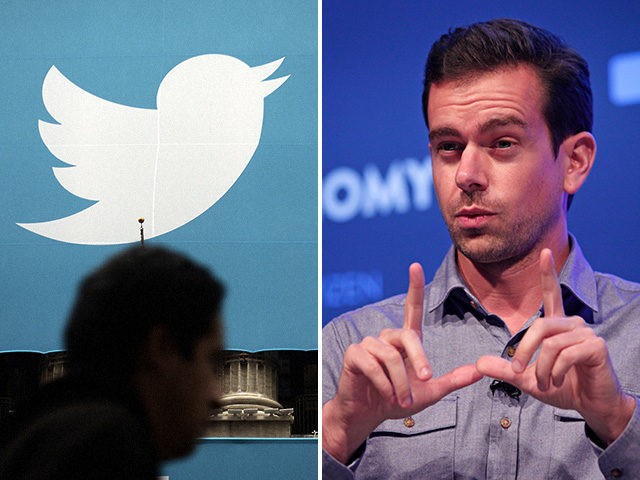Twitter denied engaging in any kind of shadow banning Thursday in a written statement where Twitter went on to admit it actually does hide users’ content without their knowledge, and to an extreme degree.
The third paragraph of the statement reads:
We do not shadow ban. You are always able to see the tweets from accounts you follow (although you may have to do more work to find them, like go directly to their profile). And we certainly don’t shadow ban based on political viewpoints or ideology.
To recap: In the first sentence, Twitter declaratively denies shadow banning.
We do not shadow ban.
In the very next sentence, Twitter not only admits it is shadow banning, but is going much further in this practice than many of us imagined:
You are always able to see the tweets from accounts you follow (although you may have to do more work to find them, like go directly to their profile).
In other words, although you have gone to the trouble of following someone’s Twitter account, and have done so specifically because you want to read their tweets, Twitter is interfering in this process, is denying you this conversation by deciding which tweets you will and won’t see.
Worse still, Twitter is taking this so far that, in order to read this person’s tweets, you have to get off your timeline — your dashboard, your lists, however you normally interact with the app — and limit your view to just their profile page.
This is not how Twitter is supposed to work.
The game Twitter is playing here is “Out of Sight, Out of Mind.” How are you supposed to know to look at somebody’s profile to check on their tweets when Twitter is shadow banning their tweets, banning from your feed the tweets you specifically requested to see? How are you supposed to know you are missing what you can’t see, what you don’t even know is out there? How are you supposed to find new people to follow, expose yourself to new ideas?
In its statement, the left-wing company defines “shadow banning” in the most limited way possible, which is this: “deliberately making someone’s content undiscoverable to everyone except the person who posted it.”
That is not how most people define “shadow banning.”
And it is only by arguing the semantics of “shadow banning” that Twitter can deny it shadow bans.
Basically, Twitter’s definition of “shadow banning” is like defining “car trouble” only as an engine explosion, as opposed to, say, a dead battery or transmission trouble.
Reasonable people define “shadow banning” as Twitter treating certain people and ideas differently — hiding their content without notifying them that their content is hidden.
Twitter does this by making those people and ideas more difficult to find and access, by making you look harder for them, by rigging the algorithm to a point where Twitter is barging in on the conversation you want to have, and doing so by manipulating what you do and do not see, regardless of your personal choices.
This can happen in all kinds of ways, like shadow banning prominent conservatives (but not leftists) when you search by name (which was discovered this week), or manipulating someone’s feed in a way where they do not see tweets published by someone they follow (which Twitter just admitted to).
Here is how Twitter says it decides which tweets it will allow you to see:
- Tweets from people you’re interested in should be ranked highly
But Twitter just admitted to shadow banning some of the people you follow.
2. Tweets that are popular are likely to be interesting and should be higher ranked
What if I don’t want to see “popular” tweets? What if I am looking for counter-intuitive thinking, for ideas coming from outside the herd, for fresh ideas and perspective?
3. Tweets from bad-faith actors who intend to manipulate or divide the conversation should be ranked lower
How is it not terrifying to have a mega-corporation run by those who live in a Silicon Valley bubble choosing who is acting in bad faith? And what is Twitter’s definition of “manipulate or divide”? Is challenging the conventional wisdom, throwing a figurative rock through the window of the status quo, considered “manipulative and divisive”?
So, thanks to this statement coming straight from the horse’s mouth, we now know for certain that Twitter is not only shadow banning — and shadow banning tweets from specific accounts we have requested to see in our feeds — Twitter is going much, much further with this corporate censorship than many imagined.
Follow John Nolte on Twitter @NolteNC. Follow his Facebook Page here.

COMMENTS
Please let us know if you're having issues with commenting.